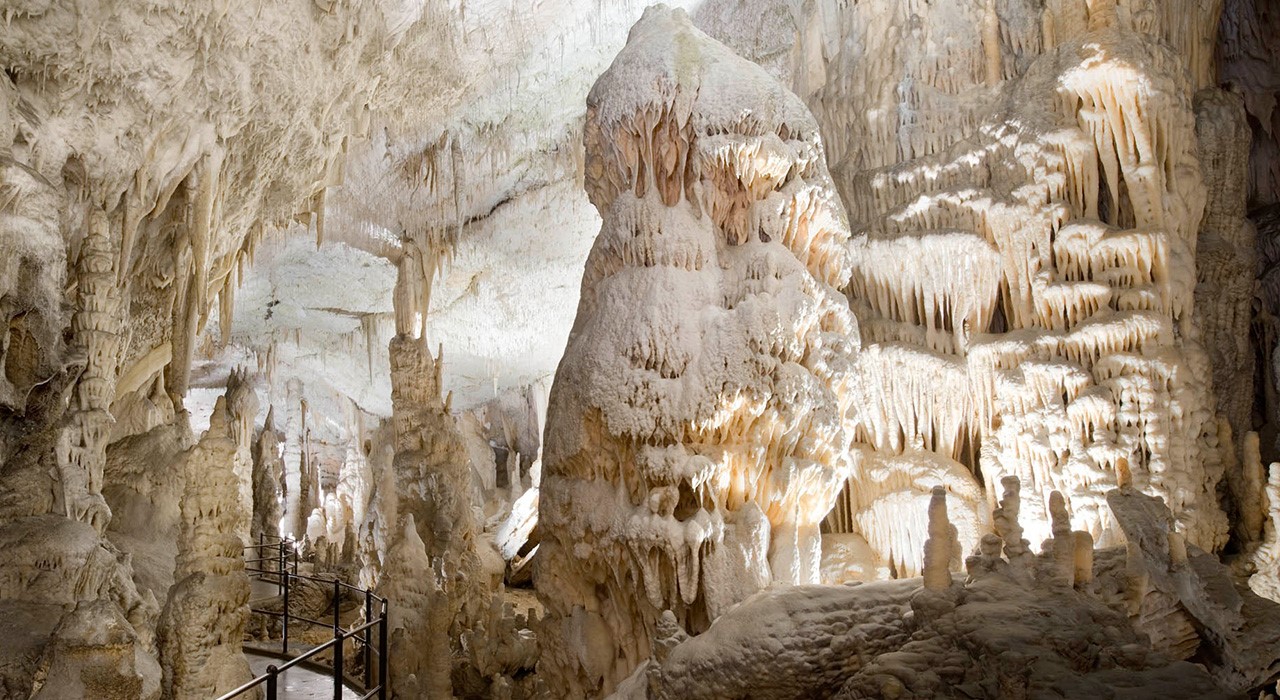LJUBLJANA
Ljubljana is the capital and largest city of Slovenia. Its central geographic location within Slovenia, transport connections, concentration of industry, scientific and research institutions, and cultural tradition are contributing factors to its leading position.
During antiquity, it was the site of a Roman city called Emona. Situated at the middle of a trade route between the northern Adriatic Sea and the Danube region, it was the historical capital of Carniola, a Slovene-inhabited part of the Habsburg Monarchy, and it has been the cultural, educational, economic, political, and administrative center of independent Slovenia since 1991.
You simply cannot afford to miss attractions of Ljubljana: Prešernov trg square, Triple Bridge, The Tivoli Park, The Fouintain of three Carniolan rivers, Ljubljana castle.
POSTOJNSKA JAMA
Postojna offer two world-famous tourist attractions withing one park: Postojna cave and Predjama castle.
Postojna Cave is a 24,120 m long karst cave system near Postojna, southwestern Slovenia.
The caves are also home to the endemic olm, the largest trogloditic amphibian in the world. The tour through the caves includes an aquarium with some olms in it.
PREDJAMA CASTLE
Predjama Castle (Slovene: Predjamski grad or grad Predjama, German: Höhlenburg Lueg, Italian: Castel Lueghi) is a Renaissance castle built within a cave mouth in south-central Slovenia, in the historical region of Inner Carniola. It is located in the village of Predjama, approximately 11 kilometres from the town of Postojna and 9 kilometres from Postojna Cave.
The castle was first mentioned in the year 1274 with the German name Luegg, when the Patriarch of Aquileia built the castle in Gothic style. The castle was built under a natural rocky arch high in the stone wall to make access to it difficult.
BLED
Bled is a town on Lake Bled in the Upper Carniolan region of northwestern Slovenia. It is most notable as a popular tourist destination in the Upper Carniola region and in Slovenia as whole, attracting visitors from abroad too.
With immense natural beauty, Bled, together with its surroundings, ranks among the most beautiful alpine resorts, renowned for its mild, healing climate and thermal lake water.
ISTRIA SLOVENIA
The Slovene coast which measures 46.6 kilometres is covered with abundant vegetation. Here is a natural reserve with a rich supply of marl and sandstone and the unique Strunjan cliff which ascends 80 metres above the sea and is the highest flysch wall on the Adriatic coast. Here are the Sečovlje saltworks, first mentioned in the 13th century. Due to their extremely abundant natural and historical heritage they were named a regional park and are a rich sanctuary of plant and animal worlds.
Piran
The old seaport of Piran lies at the end of the Piran peninsula; it was surrounded by walls in the Middle Ages (200 metres of the city walls are still preserved). The whole town is protected as a cultural and historical monument and it has preserved its medieval layout with narrow streets and compact houses, which rise in steps from the coastal lowland into the hills and give the whole area a typical Mediterranean look.
Sečovlje Salina Nature Park
The Sečovlje salts flats are the northernmost salt flats in the Mediterranean. The salt is produced in the traditional way based on a 700-year-old method that harmonizes man and nature. Over the centuries, a unique habitat has formed for halophytic plants and animals and migrating birds. The cultural heritage, which reflects centuries of work by saltmakers, is extremely rich.













